Astronomy Faces A Field-Defining Choice In Choosing The Next Steps For The TMT
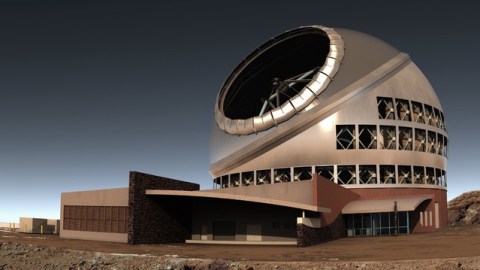
The top of Mauna Kea is the ideal physical site for this new, ready-to-be-built telescope. But that’s far from the only concern.
For many years, astronomers have looked forward to a coming revolution in ground-based astronomy: going from the current generation of 8-to-10 meter telescopes to the next generation of 30-meter class telescopes. Approximately a decade ago, a variety of partnerships selected their preferred sites, instruments to build, and facilities to construct. Now, in 2019, two of them are right on track, while one — the Thirty Meter Telescope (TMT) in Hawaii — is years behind.
The overwhelming majority of astronomers recognize that the preferred site for TMT, atop Hawaii’s Mauna Kea, would be the technically superior location to build it. But doing so would ignore the objections of many citizens whose concerns and values have been marginalized for over a century. As astronomers prepare for a field-defining choice, here’s what everyone should know.

If you want to know what’s out there in the Universe, beyond the currently explored frontiers, you have to take a substantial step beyond your current limits. In astronomy, there are all sorts of ways to do this.
- You can improve the quality of your optics, focusing the maximum amount of light possible to as tight a precision as you can.
- You can improve your instrumentation, making the most out of every single photon that arrives.
- You can improve your techniques and facilities for accounting for Earth’s atmosphere, like speckle imaging or adaptive optics.
- Or, most simply, you can build a bigger primary mirror, increasing your resolution and light-gathering power simultaneously.
While practically all cutting-edge telescopes have benefitted from the second and third of these, it takes a new generation of telescopes to achieve the fourth.
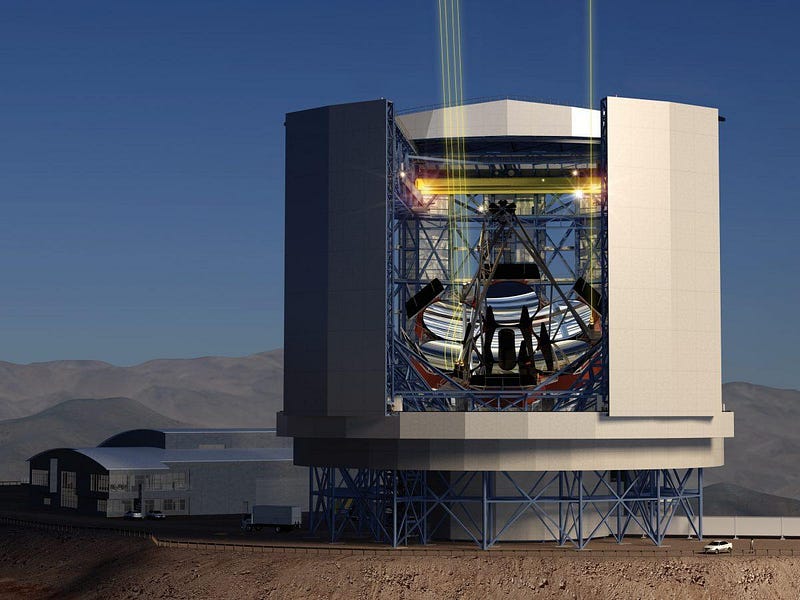
The three telescopes that are currently under construction or being planned for construction are the Giant Magellan Telescope (GMT), the European Extremely Large Telescope (ELT), and the TMT. Both GMT and ELT are located in the Andes mountain range in Chile, at high-altitude, dry, clear sites. They are 25 and 39 meters in diameter, respectively, and reside in the Earth’s southern hemisphere. Both are under construction, and expect to be completed in 2025 or 2026 according to the latest timetables.
The TMT, on the other hand, is the only one located in the northern hemisphere, at an even better astronomical site for altitude and atmospheric concerns: atop Mauna Kea in Hawaii. While all three take slightly different approaches to optical design, instrumentation, and adaptive optics, their specifications are competitive with and complementary to one another, as well as with next-generation space-based observatories.
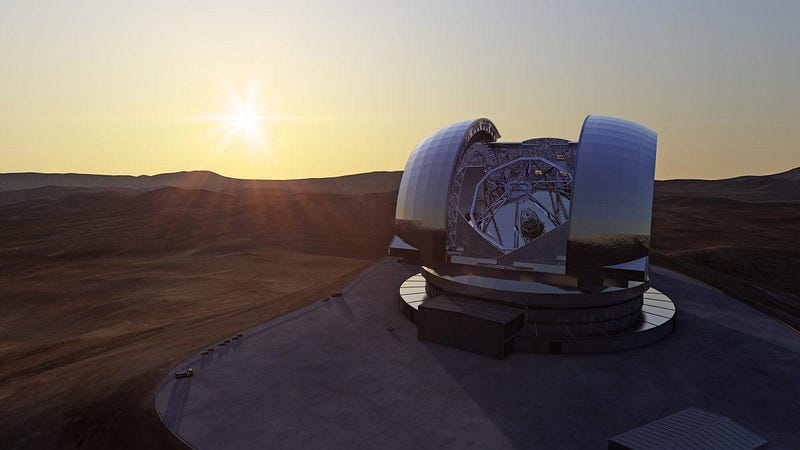
However, there’s an enormous difference between the Chilean sites and the Hawaiian site. While both are home to enormous numbers of existing astronomical observatories, the new 30-meter class telescopes are being received very differently. The local populations in Chile are overwhelmingly supportive of the telescopes’ construction, seeing it as a tremendous opportunity for the economic, infrastructure, and intellectual development of the local region.
While there are many Hawaiians, both native and non-native, who see exploring the Universe as an opportunity for young people to advance science, just as their ancestors did, that sentiment is neither the only one nor an overwhelming one. A substantial percentage of the native Hawaiian population not only opposes the construction of any new telescopes or structures atop Mauna Kea, but view the very proposal of the TMT atop Mauna Kea as continuing a long history of disregard for their basic rights.
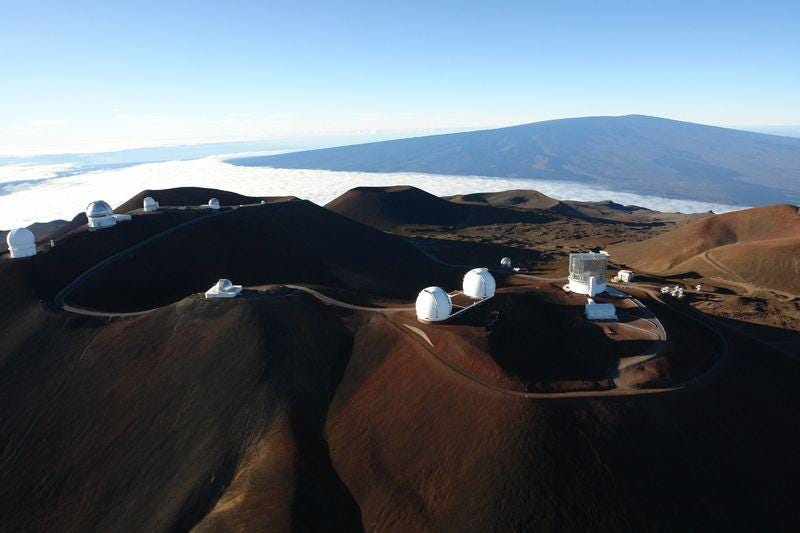
A look at the broader picture easily reveals why. The history of Hawaii tells a story of imperialism, colonization, exploitation and legal violence. The United States of America overthrew the Hawaiian government in 1893. An official US investigation concluded that the “United States diplomatic and military representatives had abused their authority and were responsible for the change in government,” and the overthrow marks one of only five times in history that the government of the United States has formally apologized for its actions.
But the apology did not result in a return of self-government or self-determination. Hawaii was annexed by the United States in 1898, and became the Territory of Hawaii, with a United States Governor, in 1900. At no point did the wishes of the Native Hawaiian population play a meaningful role in the outcome.

Astronomy, however, offers the incredible potential of building bridges across cultures and civilizations. The same cosmic story that the Universe tells us about ourselves is shared between all humans and creatures on Earth, and our knowledge is something for all to share and delight in. The goal of increasing knowledge, understanding, awe, and wonder is a goal shared by the astronomy community and the overwhelming majority of the world.
But astronomy, like any human endeavor that requires a particular site to do it, ought not to be done at the expense of the local population. In past years and decades, many entities and organizations — including local and national government entities — have made unilateral decisions negatively affecting native populations. They are commonly viewed as primitive; as backwards; as uneducated. To put it bluntly, their right to decide how their land gets used or what it gets used for has been taken from them.
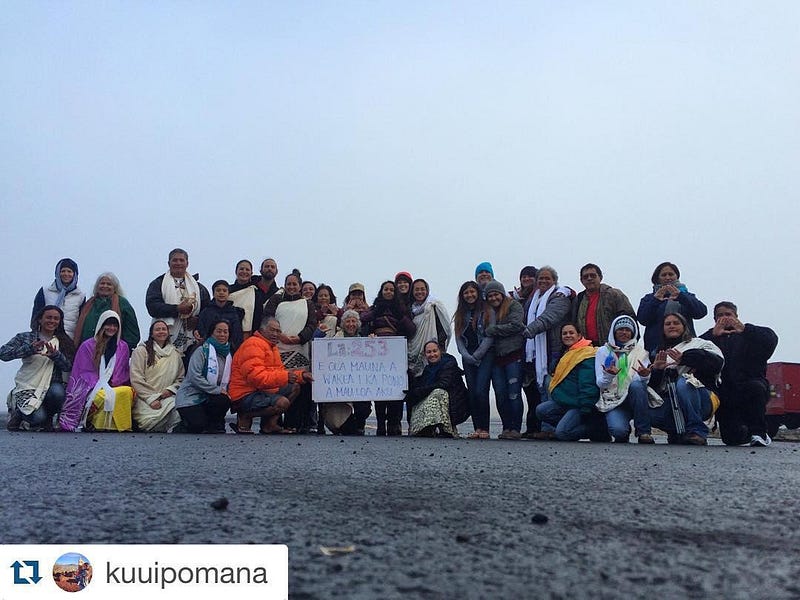
Over the past few years, large segments of the native Hawaiian population have banded together in what has been described as a cultural awakening. Many people have the misconception that this is about one particular telescope, or about astronomers not doing enough to support Hawaii, or outreach and education, or some other easily-solved issue.
It is not. It is about whether the native Hawaiian population can, at last, choose to say “no” to something that is being imposed on them by a foreign, outside force and have that choice meaningfully affect the outcome. The public perception is that the TMT will eventually be built atop Mauna Kea irrespective of any actions taken or opinions held by the indigenous people of Hawaii. That the outcome is an inevitable as it was at Standing Rock, and there’s little difference between science-hungry astronomers and profit-hungry oil pipeline builders.
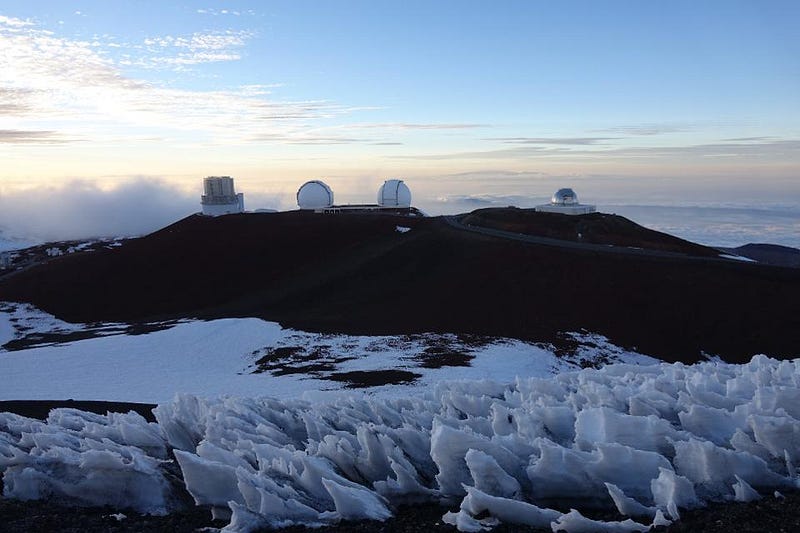
A lot of people, even within the astronomy community, are having a difficult time understanding why a segment of the population is reacting to TMT with the furor and vitriol they’ve seen. I like to imagine a hypothetical scenario where the world was somewhat different, and that instead of atop Mauna Kea, the best site (on astronomical merits alone) to build a new cutting-edge telescope in the northern hemisphere was situated elsewhere.
Like alongside the Western Wall in Jerusalem. Or in the city of Mecca. Or Bethlehem, or Vatican City.
You likely recognize these latter locations as not only sacred, but of enormous cultural and religious importance to millions — if not billions — of people. If scientists in any field determined that these locations had scientific value that merited new construction and a dramatic change to the landscape, you’d immediately accept that other concerns beyond the mere scientific ones had merit.
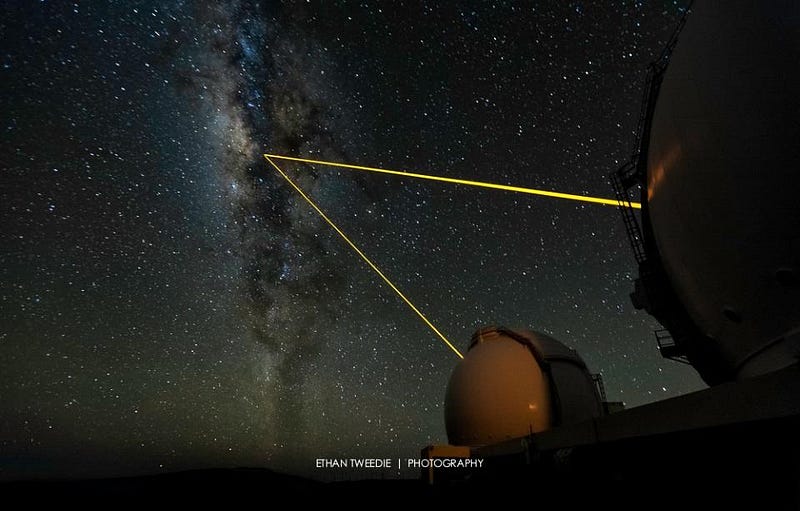
Yet when native Hawaiians say that Mauna Kea is sacred, not everyone treats those statements as having equal validity. When someone from a culture we’re more unfamiliar with views a location as so precious and important that nothing else matters — the same way a new parent might view the life of their child — we owe it to every living human on Earth to give them the same acceptance.
When a large number of people band together to oppose the construction of a project such as this, it’s true: they are civilly disobeying a legal order. Just three weeks ago, protesters were arrested, and there were many who feared that violence would be used against the peaceful demonstrators. But just because the law is on one side doesn’t mean that right is also on that same side.

Science, when done properly, is an endeavor undertaken by humanity as a single civilization, for the benefit of all and to the detriment of none. Yes, it’s true that the TMT has chosen a site for construction designed to minimize its environmental impact across a wide variety of metrics, including to minimize the observatory’s visibility from Hawaii’s population. Yes, the President of the American Astronomical Society has put out a nuanced and compassionate statement cautioning against many of the pitfalls of the past. And yes, many astronomers are opposed to TMT in its current form on ethical grounds, with nearly 1,000 astronomers signing a letter against it.
It’s true that from a purely technical perspective, Mauna Kea is vastly superior to the second-choice site in Spain, which is at a lower elevation by approximately 1,800 meters (about 1.1 miles). But all of these facts, true though they might be, are not the only factors at play here. At stake are two completely independent issues: the future of astronomy and the right to self-determination of a historically marginalized indigenous population.
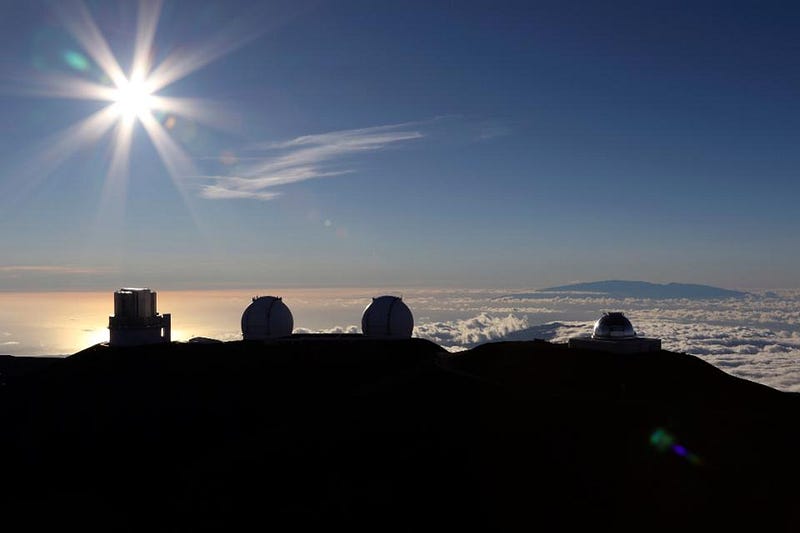
From the perspective of an astrophysicist, of course I want the best tools in the best locations the Earth has to offer in our endeavor to explore and understand the Universe. But I also want them on as fast a timetable as possible. Construction could proceed in Spain imminently, as soon as the permitting process is complete; more than four years have passed since the first attempts at beginning construction in Hawaii and ground has not yet been broken on Mauna Kea, with another (likely) 2 year delay have just been enacted. Realistically, the TMT may not be operational until the 2030s if construction doesn’t begin imminently.
But the days of steamrolling native populations are long overdue to be behind us. We should be focusing on honoring the traditions of native Hawaiians and and the cultural significance of Mauna Kea in particular.

I’d like to see observatories dedicated to King Kamehameha, rather than large-monied donors. I’d like to see astronomers expand the ‘Imiloa Astronomy Center, dedicated to Hawaiian culture, history, and its intersection with the night sky. I’d like to see long-term plans and initiatives designed to better the future economic and career prospects of young Hawaiians. And, most of all, I’d like to see an expressed willingness to go elsewhere if their presence is not wanted.
It takes a lot of courage to say “no,” especially when money and power are not on your side. I hope that if “no” is the answer the astronomy community hears, they’re courageous enough to recognize a cutting-edge telescope at their second-choice site is a superior outcome to denying any group of people the right to their own self-determination.
Note: An earlier version of this piece contended that construction could have begun in Spain in 2015; the author reached out to a TMT executive who stated the facts as follows, “We still don’t have a building permit in La Palma and the IAC and the Cabildo of La Palma are still working on the land concession to add the proposed TMT site to the area approved for astronomy.” You are reading the corrected version that does not contain this error.
Ethan Siegel is the author of Beyond the Galaxy and Treknology. You can pre-order his third book, currently in development: the Encyclopaedia Cosmologica.




